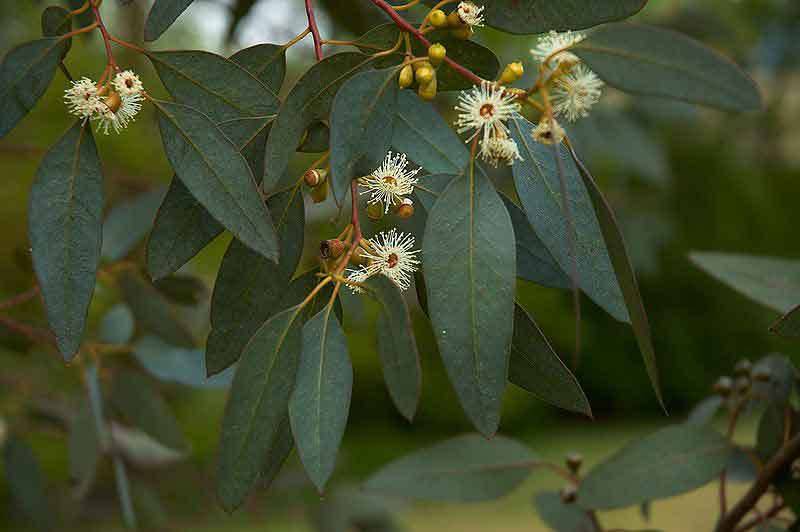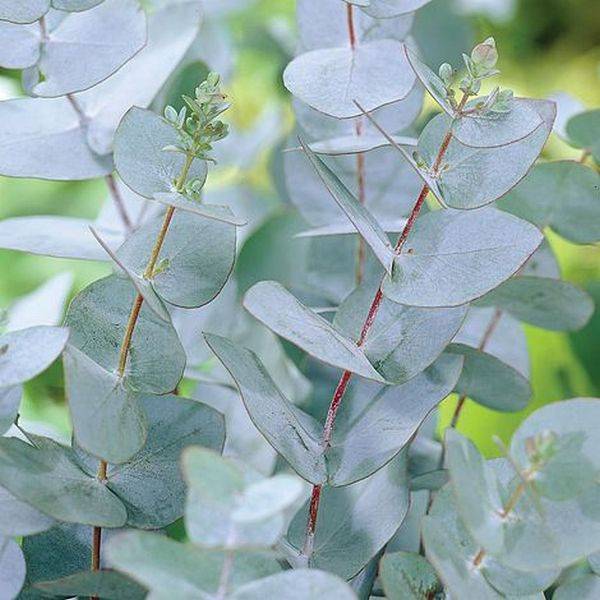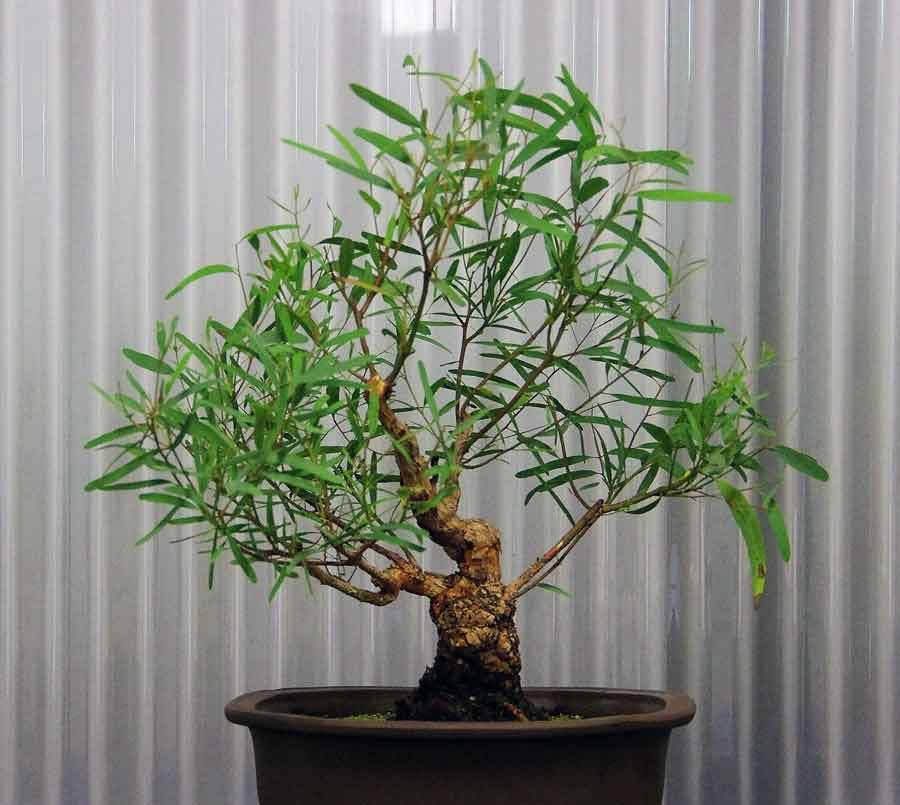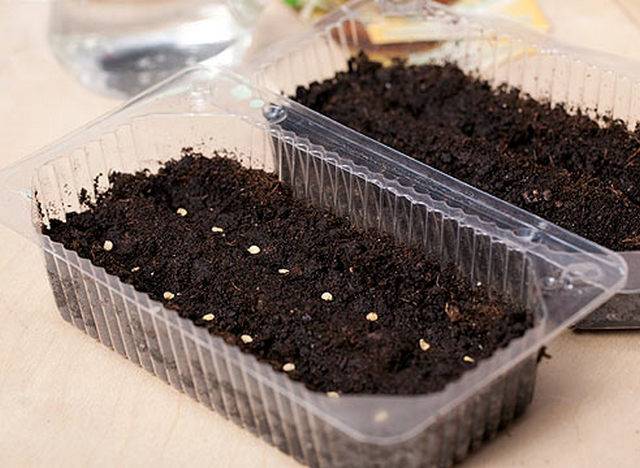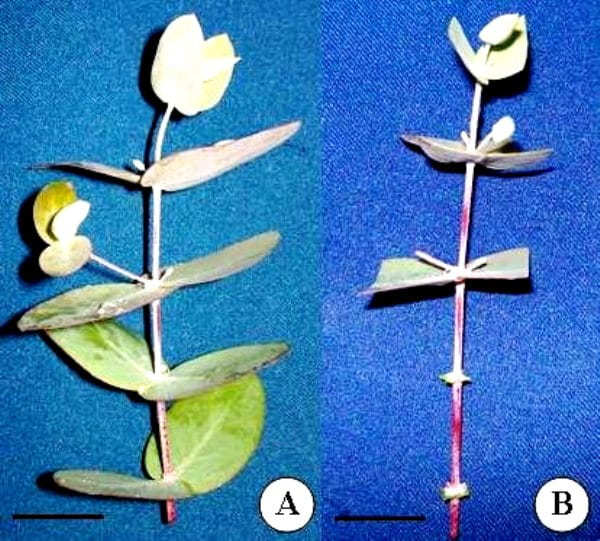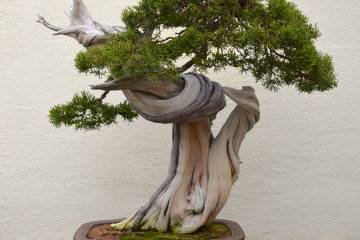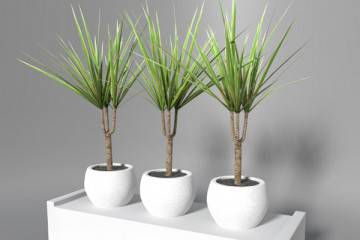How to grow lemon eucalyptus at home
Content:
- What does lemon eucalyptus look like, which family it belongs to
- Features of caring for lemon eucalyptus at home
- Features of care in winter, dormant period
- When and how it blooms
- Pruning lemon eucalyptus at home
- How to propagate lemon eucalyptus yourself
- Transplant - when to do, how to do it correctly
- Possible problems in growing Lemon eucalyptus
Lemon eucalyptus is a perennial thermophilic plant. In natural nature, eucalyptus is a tall tree with a spreading crown. The plant reaches a height of 30 m. You can grow eucalyptus at home. Regular pruning and pinching will help shape the shape.
What does lemon eucalyptus look like, which family it belongs to
Eucalyptus (from Lat. Lat. Eucalýptus) is an evergreen plant from the Myrtle family.
Description of the varieties of Lemon eucalyptus
When growing eucalyptus at home, the most popular are 2 types:
- eucalyptus Lemon;
- eucalyptus Gann.
Indoor eucalyptus Lemon came to us from Eastern Australia. At home, the height of the decorative eucalyptus does not exceed 1 m. The leaves are bristly, have a yellow tint, reach 16 cm in length and are attached to the stem in a spiral. The light brown bark is reddish in places, even brown in color. Growths can be observed on its surface. It is not difficult to care for this species.
Gann Eucalyptus is native to Tasmania. It is unpretentious to care for, it can easily tolerate dry air and a drop in temperature. The scales are clearly visible on the light orange bark. Oval leaves, sharp ends.
A very interesting variety is the Rainbow Eucalyptus. What does it look like and what is interesting about it?
Naturally, it grows in tropical forests. Not used in indoor floriculture. It can only be found in the botanical garden. Rainbow Eucalyptus requires a humid climate to grow successfully.
Healing properties
In folk medicine, essential oil is used, as well as infusion, decoctions of eucalyptus. The benefits of the plant cannot be underestimated.
Medicinal properties:
- has a wound healing, anti-inflammatory effect;
- relieves pain;
- strengthens the immune system;
- used for the prevention of diseases;
- fights germs.
The presence of ozone is observed in eucalyptus essential oil. And thanks to this, the agent has bactericidal properties. However, it is recommended that you consult your doctor before using homemade eucalyptus.
Briefly about the history of appearance as a houseplant
Eucalyptus was cultivated as a houseplant due to its specific smell, which resembles a mixture of aromas of verbena, thyme, lemon and mint.
Features of caring for lemon eucalyptus at home
To grow eucalyptus at home, you will need to adhere to agrotechnical methods of cultivation, properly plant and care for it.
Temperature
Eucalyptus is a house plant and needs a certain temperature and humidity in order to grow well.In summer, the temperature should be kept above +20 ºC, in winter it should be reduced and the tree should be kept cool.
Lighting
Indoor eucalyptus in a pot will suit both bright sunlight and diffused lighting. It is necessary to ventilate the room frequently, as the influx of fresh air promotes the growth of foliage. You can take the plant pot out into the garden.
Watering
During the period of active growth, it is important to maintain soil moisture, since the slightest overdrying of the earthen coma will lead to the loss of foliage, therefore, decorativeness. In winter, moderate watering is needed.
Spraying
When caring for eucalyptus at home, you do not need to spray the plant.
Humidity
Can be easily grown indoors with dry air. However, it is often necessary to open the vents to ventilate the room.
Priming
The most favorable soil composition:
- humus - 1 part;
- sod land - 1 part;
- river sand - 1 part.
You can use a generic purchased primer.
Top dressing
During the period of active growth, it is necessary to feed the plant with fertilizers with a low phosphorus content. One feeding per month is enough.
Features of care in winter, dormant period
In late autumn, when preparing the plant for the dormant period, it is necessary to reduce watering. Winter maintenance should take place in a cool room. Watering is rare, only as the earthen coma dries completely.
When and how it blooms
At home, it is rare to see eucalyptus bloom.
Flowering features:
- Types of flowers. The flower is correct, bisexual. Can be leg-mounted or seated.
- Flower shapes. Flowers can be collected in corymbose or panicle inflorescences, or in axillary umbels. The calyx has a bell-shaped tube, conical or semi-cylindrical. The inside of the tube is covered with a hemispherical cap. Sometimes the cap can be elongated or conical. Numerous stamens have a bundle arrangement - they are collected together in 4 pieces.
- Flowering period. Flowers appear in late spring. Some species bloom in summer and autumn. The buds that appear show themselves in all their glory only after 3 months.
Pruning lemon eucalyptus at home
At the beginning of spring, when the plant starts growing, it is necessary to carry out formative pruning in order not to allow the shoots to grow strongly and take up a large space. Pruning every year not only helps to form a beautiful tree, but also promotes healthy and young foliage.
How to propagate lemon eucalyptus yourself
For reproduction, seeds and cuttings are used. Due to the fact that the cuttings root rather tightly, the seed method remains preferable.
Germinating seeds
Sowing eucalyptus seeds can be carried out starting in February. Sowing deadline: mid-June. The most favorable time for seed germination is the end of February - mid-April.
Before planting, it is necessary to collect sod land, add sand to it (in equal proportions). In the containers selected for planting, it is imperative to arrange a drainage layer.
Due to the fact that indoor eucalyptus seeds germinate better in the light, it is not recommended to bury them in the soil when sowing. It is necessary to sow superficially. After sowing, it is recommended to cover the dish with glass or a bag to create greenhouse conditions.
Friendly shoots of eucalyptus from seeds will not keep you waiting.However, provided that the room temperature is maintained at +25 ºC. The first sprouts are already hatching a week after planting. Under unfavorable conditions, seeds can germinate within 3 months.
All seedlings must be sorted into separate cups. A pick is carried out when a pair of true leaves develop on the plants. For growing seedlings, nutrient soil is taken, prepared from humus, turf soil and sand, taken in equal proportions.
Rooting cuttings
Only experienced growers can root cuttings, since the survival rate is very small. Therefore, seed reproduction is more often used at home.
When choosing cuttings, you should pay attention only to healthy specimens without visible damage. Chopped cuttings should be 7-15 cm long.
When cutting the planting material, you need to look so that the cut goes directly under the leaf node. Some of the leaves located at the bottom of the cuttings should be cut off. For better rooting, it is recommended to dip in a rooting agent. After planting the cuttings, the soil mixture is evenly moistened.
It is recommended to cover the planted cuttings with a glass jar to create greenhouse conditions. You need to root in a bright place, but do not allow sunlight.
Root formation occurs within a month. If they are planted in a cup, the roots will be clearly visible through the transparent walls. After the roots have formed, the shelter should be removed and the container with plants should be rearranged to a more illuminated place. Water as the earthen coma dries.
Transplant - when to do, how to do it correctly
High-quality soil is the key to the successful cultivation of eucalyptus. You can buy ready-made soil, or prepare it yourself, taking sod land, coarse river sand and humus in a ratio of 5: 1: 5. To make the soil more breathable, it is advisable to add coconut fiber to the soil.
Young plants are replanted annually. If the eucalyptus has completely entwined the space provided to it, then it's time to transplant. The procedure is best done in the spring, before the plant starts growing.
Large specimens are transplanted if possible. If the eucalyptus grows in a spacious pot, replacing the topsoil every year is sufficient.
Possible problems in growing Lemon eucalyptus
If the rules for growing eucalyptus are not followed, various problems may arise. It is important to determine the reason in time in order to save a beautiful specimen.
Drops buds and leaves
With proper care, the exotic will never shed leaves and buds.
The problem of dropping foliage and buds is associated with improper watering. During budding, the plant needs regular watering and maintaining soil moisture. If the root system does not receive nutrition, the plant responds by shedding foliage. It is possible that the reason may be the appearance of pests on the tree. You need to carefully examine the eucalyptus and determine if there are pests or not.
Leaves turn pale
The tree can grow in bright light and partial shade. But if a deep shadow is provided for the tree, it is possible that the leaves will become pale and lose size.
The tips of the leaves dry
Eucalyptus tips can dry out when kept in a dry room, along with insufficient watering. It is necessary to monitor the moisture content of the soil, but try not to overmoisten it.
Leaves fall
Leaf fall, unusual for a plant, begins with a lack of sunlight. The tree reaches for the light, loses its decorative effect.The leaf plates become covered with large spots, which dry out over time and lead to curling and falling of the foliage. To avoid potential problems, you should grow the plant with sufficient light.
Diseases
Powdery mildew, late blight, anthracnose are common diseases. At a young age, the root collar can rot in plants.
Pests
Famous for its antiseptic properties, lemon eucalyptus does not suffer from insect pests. But this condition only works with proper care. If errors are made, a spider mite can settle on the plant. If it is found, it is necessary to lather the sponge with household soap, wipe the foliage. After the product is washed off, it is recommended to carry out an insecticide treatment.
To understand how to grow homemade eucalyptus, it is recommended to thoroughly study the requirements of the plant and comply with them. And only in this case it will be possible to get a gorgeous spreading tree.
